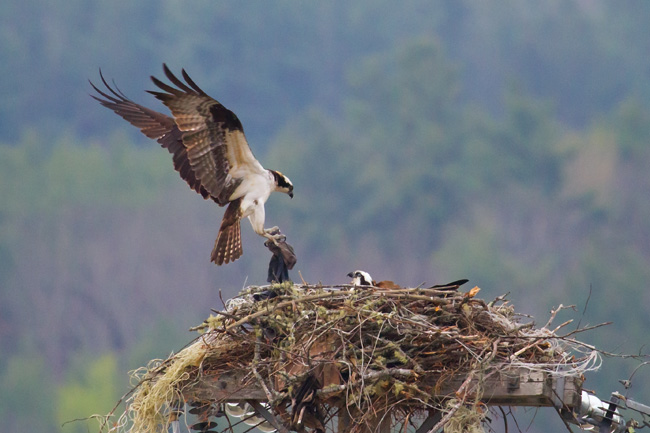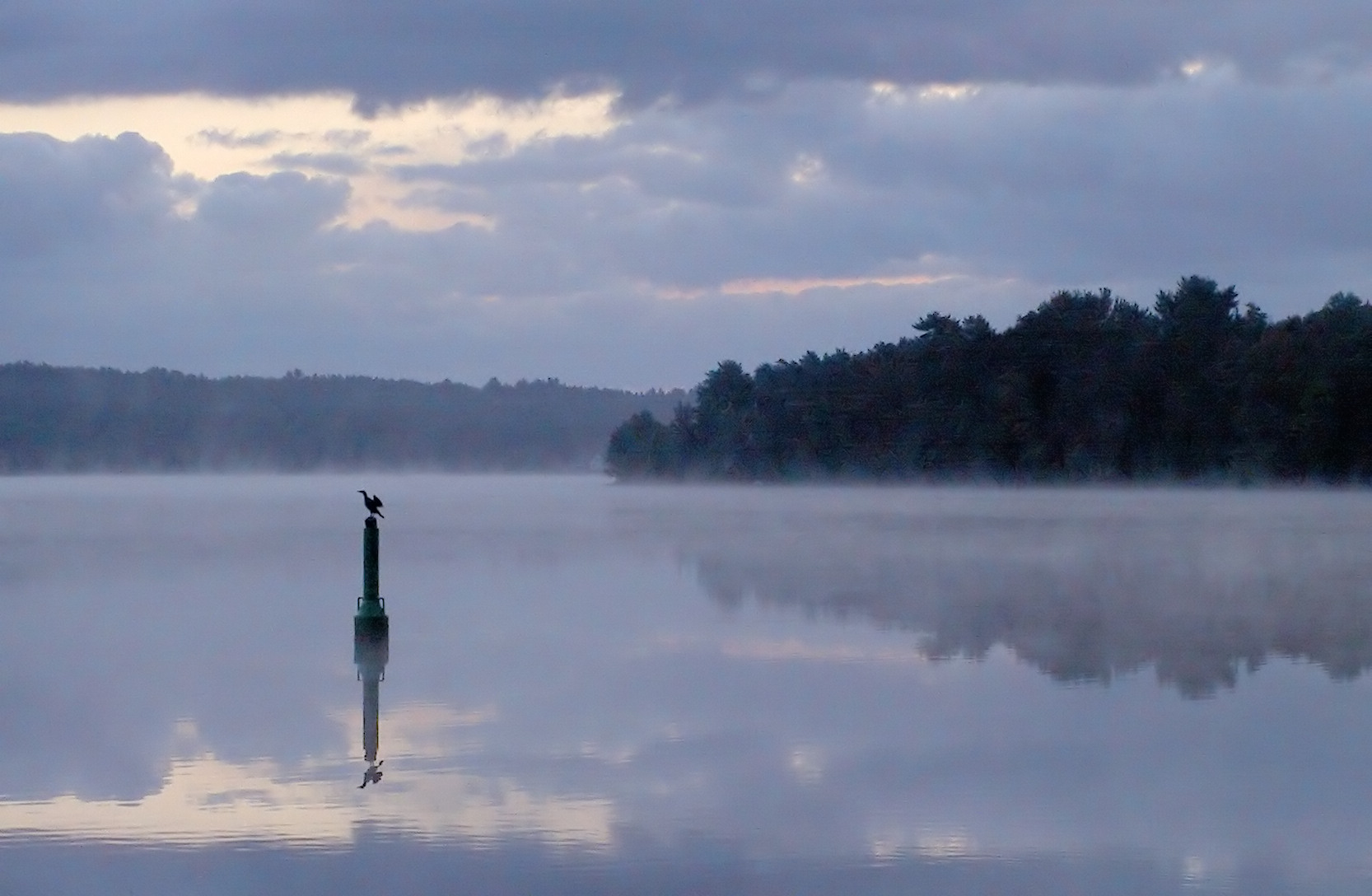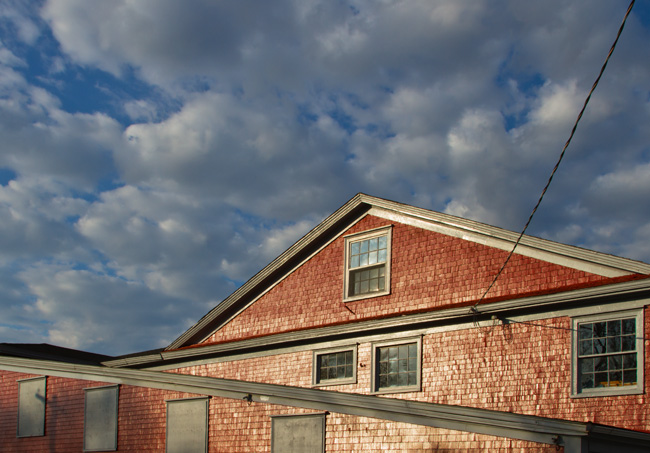My faithful Canon 20D DSLR has been replaced with a 7D. The 20D was the camera that brought 35mm film quality and responsiveness to a digital body, at a price comparable to film SLRs. I bought one as soon as it became available (September 2004) and it exceeded my expectations in every way. That camera eventually shared space in my bag with the 5D (another breakthrough body), but still saw frequent use, usually attached to a long lens (to take advantage of its crop factor / higher pixel density). The 20D also kept its status as the go to camera for hiking, kayaking and other self powered adventures, due to its relatively small size and light weight. In the last couple of years, returning home from these adventures, I’ve found myself wanting to crop and / or enlarge some images more than 8 megapixels allow.
Fast forward to the 7D, announced in September 2009. People love or hate this camera. What’s to love? 18 megapixels, weatherproofing to the level of the previous EOS-1N, fast autofocus and 8 fps shooting speed. What’s to hate? An APS-C sensor size. It is this last specification that will likely determine how you view this body.
For a given generation of technology, a small sensor will not yield the same image quality as full (35 mm) frame. There will be a compromise involving resolution, noise or both. Still, there are times when the longer effective focal length of the small sensor is a significant advantage. A crop body is also less expensive as a backup than a second full frame model. These factors plus better focus speed (and triple the frames per second of my 5D) finally convinced me the 7D would be a worthwhile upgrade to my 20D. This was despite the disappearance of the size advantage – the 7D is essentially the same size as (and slightly heavier than) the 5D.
So here are my thoughts after six weeks and just over 2500 shutter clicks with the 7D. I’m lucky, in that the trial of Photoshop CS5 has just been released, so I’ve been able to test images processed with the latest Adobe Camera Raw (ACR), v. 6.1, as well as with Canon’s proprietary conversion software, Digital Photo Professional (DPP), v. 3.8.
What stands out most about the 7D is image noise. First, there is the generalized (random) noise. While this is a disappointment, it’s not unexpected, given 18 megapixels on a small sensor. I had hoped for better, but accept that technology has its limits. The real let-down has been the presence of “vertical banding”, a repetitive pattern of vertical stripes across the image. It’s everywhere, but hidden by image detail. Where it stands out is in large, featureless areas (especially blue sky and out-of-focus backgrounds). Underexposure makes it worse, (which is a double-whammy, because the 7D meter is very protective of highlights), but it’s there even in properly exposed photos. In prints, it looks like a bad print head was used.
To get rid of the banding requires such a high level of noise reduction that detail elsewhere is obliterated. DPP seems to do a better job of eliminating it than ACR, but only because DPP uses such high levels of noise reduction (even on the zero setting). Luckily, in many situations (lots of image detail, or in web images and small prints), it is not noticeable.
On a positive note, the focus speed is faster than any other camera I’ve owned (although not as accurate, despite tedious micro-focus adjustments). It provides a 1.6 magnification factor with no loss of light, and lots of pixels for cropping. And it’s dynamic range is significantly better than my 5D.
I have to say that this is the first time I’ve been disappointed with a DSLR purchase, in part due to my own overly optimistic expectations. This body will serve its intended purpose, providing extra reach and as a backup. Vertical banding is the real killer. This seems to vary from body to body, so be sure you have a good exchange policy before you buy! My dealer (Camtec Photo) was of little to no help in addressing the problem. A number of people have reported getting rid of the banding after servicing by Canon. Mine has already been shipped back to them to see what they can do. If they can fix it, I’ll probably look at my purchase in a more favorable light. If they can’t, I’ll be less enthusiastic about upgrading my 5D, since the same issue is present in the 5D mark II (making the Nikon D700 a little more seductive).



Nice photographs, I like your use of water :-). I completely concur with your statement regarding the vertical lines, mainly noticed in darker areas that have been lightened slightly in post processing. This has completely put me off my 7D and I am currently in dispute with Canon. Camera is out of warranty but I have RAW images which were taken when camera was two months old showing the camera had the issue from new.
Hi Phil,
Thanks for the comment. I was traveling when you posted and completely forgot that I hadn’t responded!
If you do see this, I’m curious to know how things turned out with Canon. I’m still using my 7D for action / telephoto. As mentioned, I had sent it in for servicing but that made no difference (it came back with a note saying it was operating within expected tolerances).
Hi Arthur,
I just noticed your reply, sorry it took so long for me to respond! I’m please to say Canon did repair my camera, which I was very happy about. It did take a little bit of a fight but I think in the end they saw my point of view and repaired it free of charge and paid for the postage back etc. So, at the end of the day my camera was repaired at no cost and I continue to be a Canon customer. 🙂